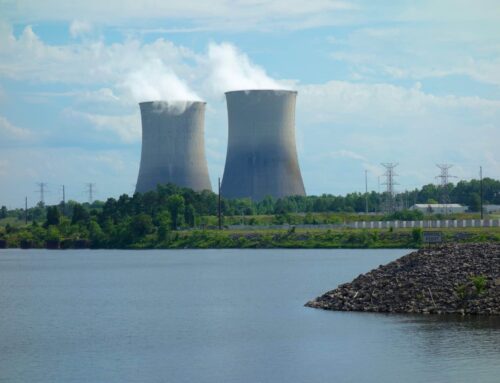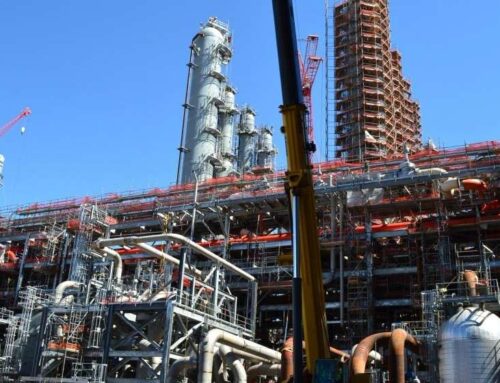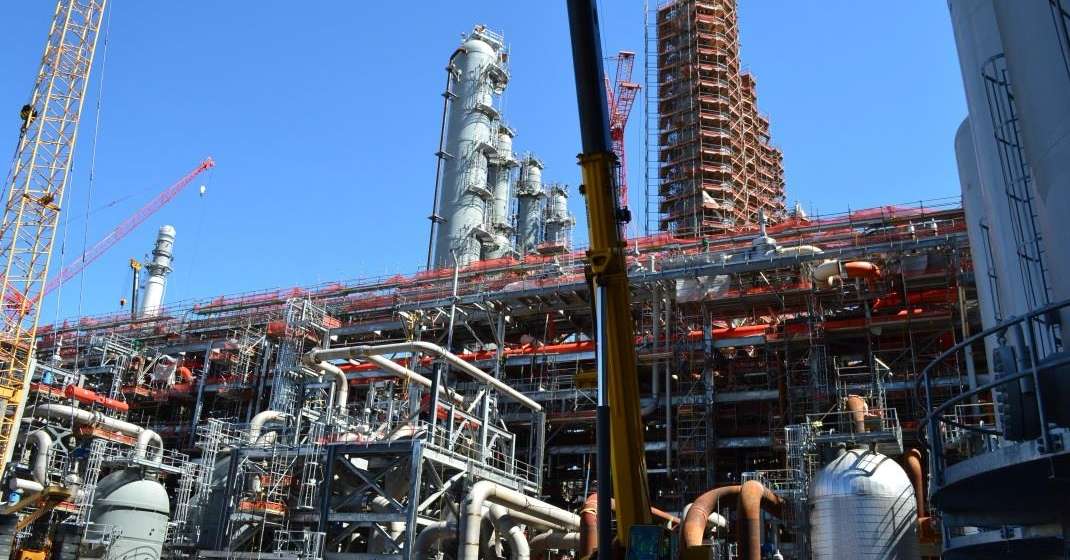It is no secret that Lawmakers like to spend money on their favorite companies and interests. But, rather than having to justify spending taxpayer money, government-backed private loan guarantees are becoming a favorite tool to spread the wealth in the cash-strapped Congress. While some say loan guarantees are fiscally harmless, what they don’t say is that they mask the true size and cost of certain programs and ignore the long-term impact on the federal budget deficit when these loans default.
One recent example of this lawmaker love affair with loan guarantees was the creation of a Department of Energy (DOE) program to support “innovative technologies” in the 2005 energy bill. The idea was that Wall Street would be reluctant to invest in new innovative energy technologies because of the difficulty inherent in measuring the financial risks. So Uncle Sam steps in to back the loans to get these new technologies off the ground.
One of the first players to belly up to the loan guarantee bar is the already heavily subsidized nuclear power industry. The nuclear industry is now seeking a whopping $50 billion in new loans over the next two years claiming that loan guarantees carry no risk. However, the Congressional Budget Office (CBO) puts the default rate for these loans at more than 50%, which would put the federal taxpayer on the hook for at least $25 billion. This so called “money for nothing” could put taxpayers in dire straits.
And let’s be clear, nuclear power is a mature industry that has been getting huge government subsidies for more than 50 years. Wall Street won’t invest in nuclear power not because it can’t measure the risks but because it knows the financial pitfalls and just isn’t willing to take them.
Nuclear power isn’t the only industry that will benefit from this new program. The coal-to-liquid (CTL) industry is seeking billions in guarantees for their own new facilities. Coal-to-liquid technologies have already proven a market failure in the 1980s, and Standard & Poor’s (subscription required) reports that without constant, long-term taxpayer support, CTL projects “are likely to be untenable.”
Even before you get to coal-to-liquids (or any other energy technology that is, in fact, new), the nuclear industry’s $50B requests are significantly higher than the $7B or $9B limits on loan authority indicated by the House and the Administration for the entire program. Enter Senator Pete Domenici (R-NM) who inserted language into the energy bill proposal that passed the Senate in July, cutting Congress out of the process and handing the DOE a blank check for loan guarantees.
If enacted, the Senate bill will exempt the loan guarantee program from current law – removing the few minimal existing financial safeguards. Currently, the Secretary of Energy must only decide if there is a “reasonable prospect” that the loan will be repaid before issuing the guarantee. Already, the DOE Inspector General has said that the loan guarantee program creates “significant risk to the Government and, therefore, the American taxpayer.”
For decades taxpayers have handed out billions to the nuclear industry, and now they are coming to the table for more – and admitting that as an industry they are unwilling to bear the risk of investment. For example, Steve Winn of NRG Energy, Inc. has indicated that, without obtaining significant comfort that a loan guarantee will be available for its project, the company would abandon its construction plans.
Putting taxpayers at “significant risk” for billions in loan guarantees is not the path the federal government should take. Wall Street has made it clear they won’t invest in risky new power plants. So why should American taxpayers?










